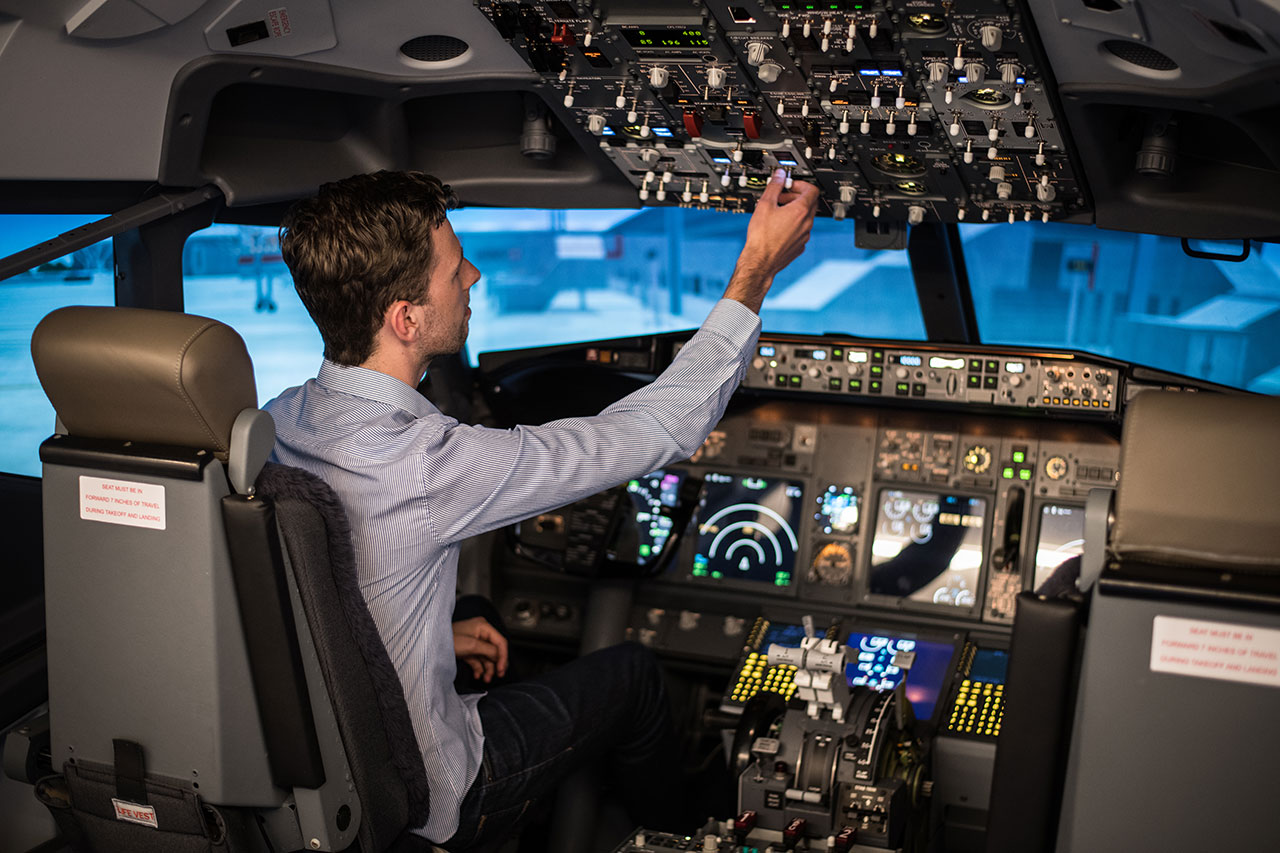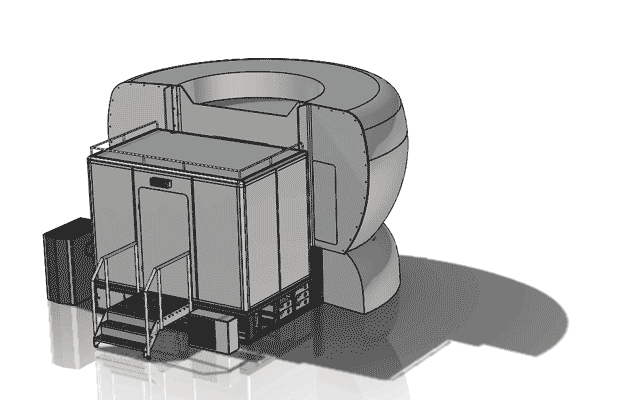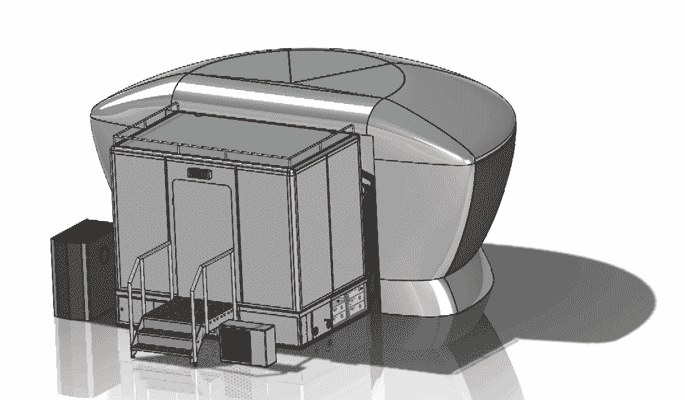Although times right now seem bleak with the coronavirus gripping hold of our lives, there will be a future for aviation and training past this crisis. In this blog I will give my thoughts on what I believe the world of aviation training should learn from this situation and how our industry can be better prepared when the next crisis strikes.
Most leadership is currently focused inwards on preserving cash, jobs and in general, the future of individual companies. We saw similar trends during 9/11, SARS and several global economic downfalls. However, if this pandemic has taught leaders anything, it’s that picking up exactly where we left off before the crisis is no longer the way forward. We must be prepared with better plans instead of waiting for “the next time” while still woefully unprepared. Leaders should take this time to reevaluate the global trends of our industry and take proactive action instead of letting this valuable lesson go to waste. Therefore, please see this blog as a call to action rather than assignment of blame and looking backwards.
I invite you to work with me in creating an aviation training infrastructure and regulatory environment that supports a Competency Based way of working, taking into consideration items such as carbon footprint, new technology and other pressing issues.
First and foremost, we have to understand the current global trends, which can be identified as follows:
- Due to the cost to purchase, place, maintain and operate Full Flight Simulators, many airlines train at locations away from their (main) base. The travel restrictions that were put in place for the coronavirus and those that continue to halt flights emphasize that traveling to train is not something that can be maintained. Simulators need to be more accessible so that training is not put to a halt in a situation like this. In addition, jetting your crews around the country or even the world is not only costly from a financial perspective but also increasingly under scrutiny from an environmental one.
- The situation we are forced into due to COVID-19 also shows that many things previously done in classrooms or simulators can be done online, through virtual collaboration and in an integrated way, while still maintaining all social distancing. New technologies have long created this opportunity but have been more or less ignored as non-compliant or non-essential. However, given our current experience using these technologies, they should be considered as an essential part of future training. Remote learning is taking over everywhere except in aviation. We are only starting to explore this option as a last resort in the industry even though we already have the ultimate situation to profit from such technologies and capabilities.
- Despite the evolution of very capable non-motion simulator devices, the mainstay of aviation training is still performed in Full Flight Simulators that were developed 35 to 40 years ago and have seen very little or no advancement since then. Although they were state of the art in the past, many other viable simulator options are available for modern day training and can be utilized to reach all the same training objectives for a fraction of the cost. EASA is already developing a regulation to allow a training organization to match training objectives to a device that is suitable to meet those, rather than requiring all training to be completed in an FFS. Training in an FFS has very little, if any, advantage over high quality, non-motion training.
- The use of Compliance Based Training and Testing (tick-the-box) and the stringent restrictions placed by regulations and regulators worldwide stifle new and better training. In the current situation, where training according to the old-fashioned paradigm is not possible, we see a possibility opening up to assess pilot competency in other ways. I believe this is long overdue and should urgently find its way into global regulations.
Nobody knows exactly what the aviation industry post COVID-19 will look like. There are many questions that need to be asked, of which the following are just the start, but should shape the conversation:
- Will there still be a pilot shortage?
- Will short distance travel by airplane be banned or replaced by alternative modes of transportation?
- Will there be an increase in speed of approval of unmanned flights?
- What will be the fleet makeup of the airlines that have currently parked their airplanes look like?
- Will state aid lead to additional restrictions or maybe, opportunities?
- Will airlines push fleet renewal despite record low oil prices, etc?
The answers to these questions are difficult or impossible to predict, but what we do know is that we need to be prepared as an industry to deal with these disrupting issues.
Therefore, I urge ICAO, IATA, global regulatory agencies and all interest groups to join me in a complete review of the current training paradigm in professional aviation so that when the next crisis is at the forefront, we are better prepared than ever. Now is the time to renew our effort to train better, cheaper and with a lower carbon footprint to ensure aviation training is a viable option for our high school and college graduates whom we so desperately need as the next generation of aviation professionals.


